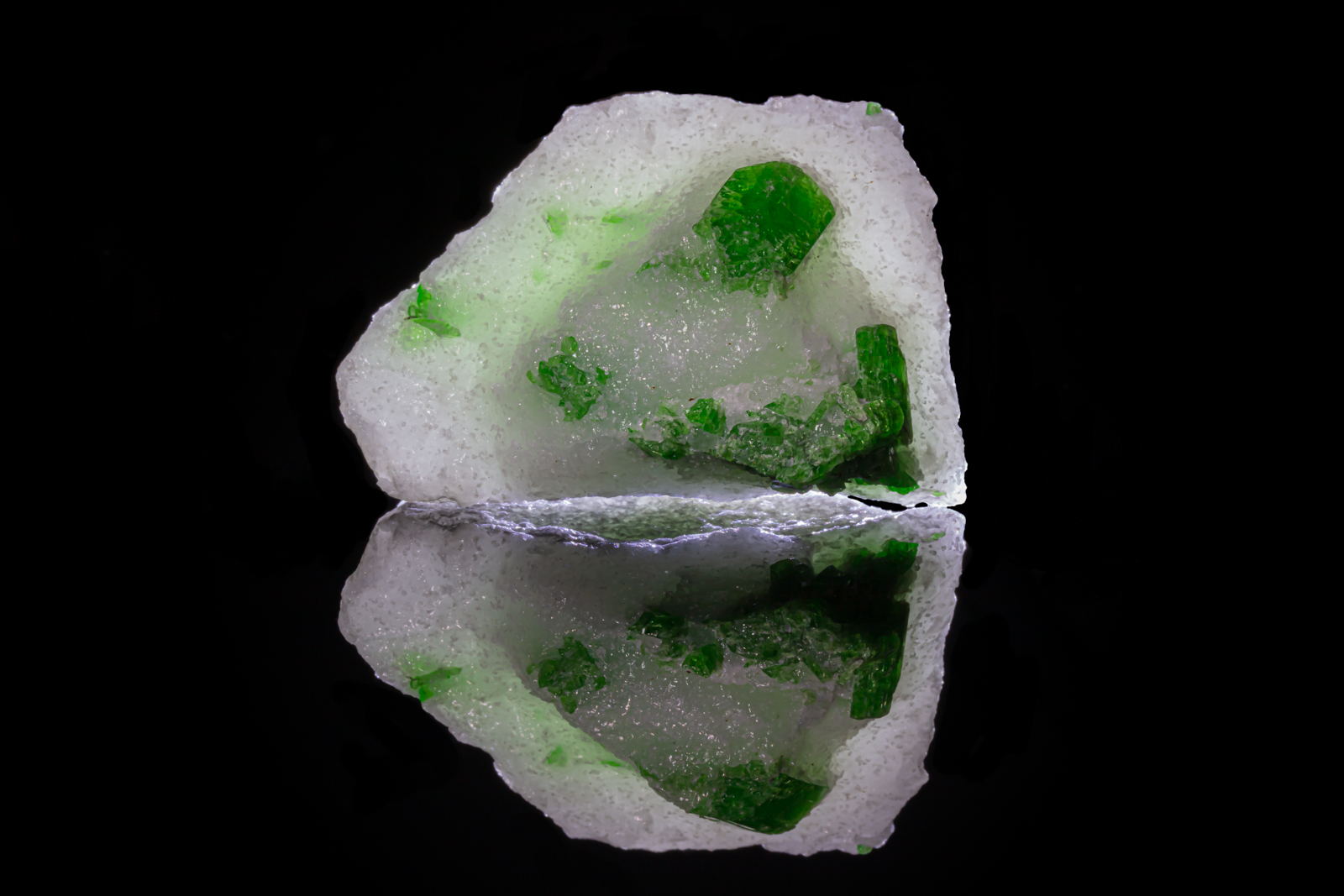Pargasite
Formula: NaCa2(Mg4Al)(Si6Al2)O22(OH)2
Species: Silicates – (Inosilicates)
Colour: Light-brown, brown, greenish-brown to dark green and black.
Lustre: Vitreous
Hardness: 5 – 6
Crystal System: Monoclinic
Member of: Pargasite Root Name Group > Calcium Amphibole Subgroup > w(OH, F, Cl)-dominant Amphibole Group > Amphibole Supergroup
Name: Named in 1814 by Count Fabian Gotthard von Steinheil for the locality in the Pargas Valley, Finland. {Note: Count Fabian Gotthard von Steinheil is not well-known as a mineralogist. He was Governor General of Finland in 1810. Steinheilite was named for him by Johan Gadolin, also in 1814.}
Type Locality: Pargas, Southwest Finland – Finland
Pargasite is one of the earliest amphiboles that were described that are still a valid mineral. The mineral pargasite is one of the more common amphiboles in metamorphic rocks. The majority of “hornblende” specimens is probably either magnesio-hornblende or pargasite. Pargasite form continuous series towards several other amphiboles, both within the pargasite root name group towards one or more other amphibole species. In many marbles, the amphibole can be intermediate between pargasite and edenite, in amphibolites, the amphibole is often in the actinolite-magnesio-hornblende-pargasite series. In megacrysts in volcanic rocks, the amphibole is often intermediate between hastingsite, pargasite and kaersutite. In eclogites and other high-grade mafic rocks, the amphibole may be intermediate between pargasite and Na-Ca amphiboles. Pargasite can be found in a wide range of rock types, both igneous and metamorphic. The largest, well-formed crystals of pargasite are known from calc-silicate rocks and marbles, The Al analogue of mangani-pargasite. Closely related to Fluor-cannilloite.

 Copyright Charles Camarda - www.camardavisualstudio.com
Copyright Charles Camarda - www.camardavisualstudio.com